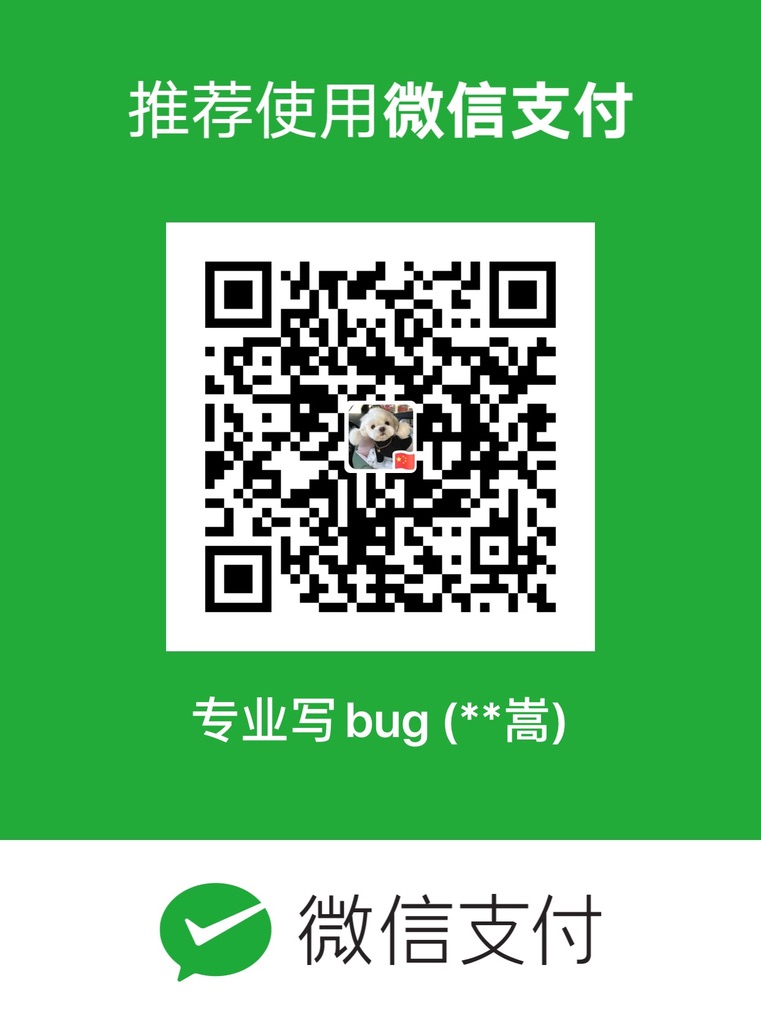intro
本文介绍vue3 的setup语法糖写法,语法的导入组件以及暴露模版变量均不用显示导出,引入 === 导出
接收属性
defineProps来接收从父级组件传递来的属性以及方法,能接收string类型的数组或者类型对象
example:
1 | const props = defineProps({ |
除了上面这种接收类型声明,还可以采用的就是ts的类型注入写法
example:
1 | const props = defineProps<{msg:string}>() |
But以上写法不支持的是给默认值,具体可以查看vue的rfc
So vue提供了额外的一个方法-> withDefaults
example:
1 | const props = withDefaults(defineProps<{msg:string}>(),{msg:'12313123'}) |
触发方法到父组件
defineEmits用来定义子组件内部可以触发的事件
example:
1 | const emits = defineEmits(['input']) |
或者
example:
1 | const emit = defineEmits<{ (event:'change',value:string):void } >() |
子组件中未在emit中声明到事件将默认会认为是根元素的原生dom事件
使用方法 example:
1 | emit('change','1') |
父组件使用子组件的变量defineExpose
example:
1 | const a = 1 |
父组件直接ref调一下就行了
v-model 语法糖
modelValue + update:modelValue
v-model:show => update:show
css的v-bind语法糖
js
1 | const red = ref('red') |
css
1 | .red{ |
html
1 | <div :class="red"></div> |
编译结果
<div class="red" style="--e43c18bc-red:red;">12313123</div>
为什么会编译成行内样式?因为性能好 ,可以查看benchmark对比
defineExpose函数
setup语法下子组件数据默认不暴露出去,父组件只能调用在子组件中使用defineExpose暴露的数据或者方法,详见vue3的文档
